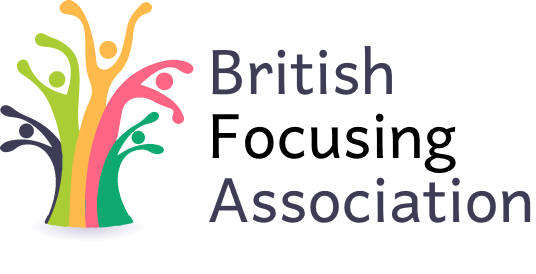
3rd Apr 2021
Focusing, Feldenkrais, and a little Polyvagal Theory

Bodywork Practitioner projects Trauma
Developed by Moshe Feldenkrais, Feldenkrais is a method of somatic education that effects neuromuscular re-patterning by directing attention to slow, gentle, often-novel physical movements. By paying attention to such movements, unnecessary muscular tensions throughout the body can reorganize and release. While primarily known as a method of somatic education, many Feldenkrais practitioners feel that the practice not only impacts posture, balance, and coordination but also connects us to an inner vitality that improves overall wellbeing. It is understood to be a practice that impacts people on multiple levels.
Feldenkrais concentrates on “being with” or “in” movement. Unlike some other physical movement practices, Feldenkrais is not about fixing something, strengthening something, or generally aiming to do something. Yet, like Focusing, it is a practice that facilitates real change.
Change comes about through learning and according to Burton (cited in Felenkrais, 1949, p53) “learning, in the most general sense, is acquiring new responses to stimulii”. In both Focusing and Feldenkrais, we acquire new responses by being aware of our inner experience and by developing an ability to “be with” that experience. “Neuroscience research shows that the only way we can change . . . is by becoming aware of our inner experience and learning to befriend what is going inside ourselves.” (Van der Kolk, 2014).
Both Focusing and Feldenkrais are experiential, body-based practices that are rooted in an understanding that very little of our human behaviour and inner experience is purely instinctive. Much of what we discover in our inner experience was learned in interaction with the environment and is encoded in the body’s nervous system. Nothing is fixed: it is ever-changing.
This article is based on my own experience of both practices and reflects on:
- Feldenkrais and Focusing as mutually supportive practices.
- How an understanding of the Polyvagal Theory can help access Presence
